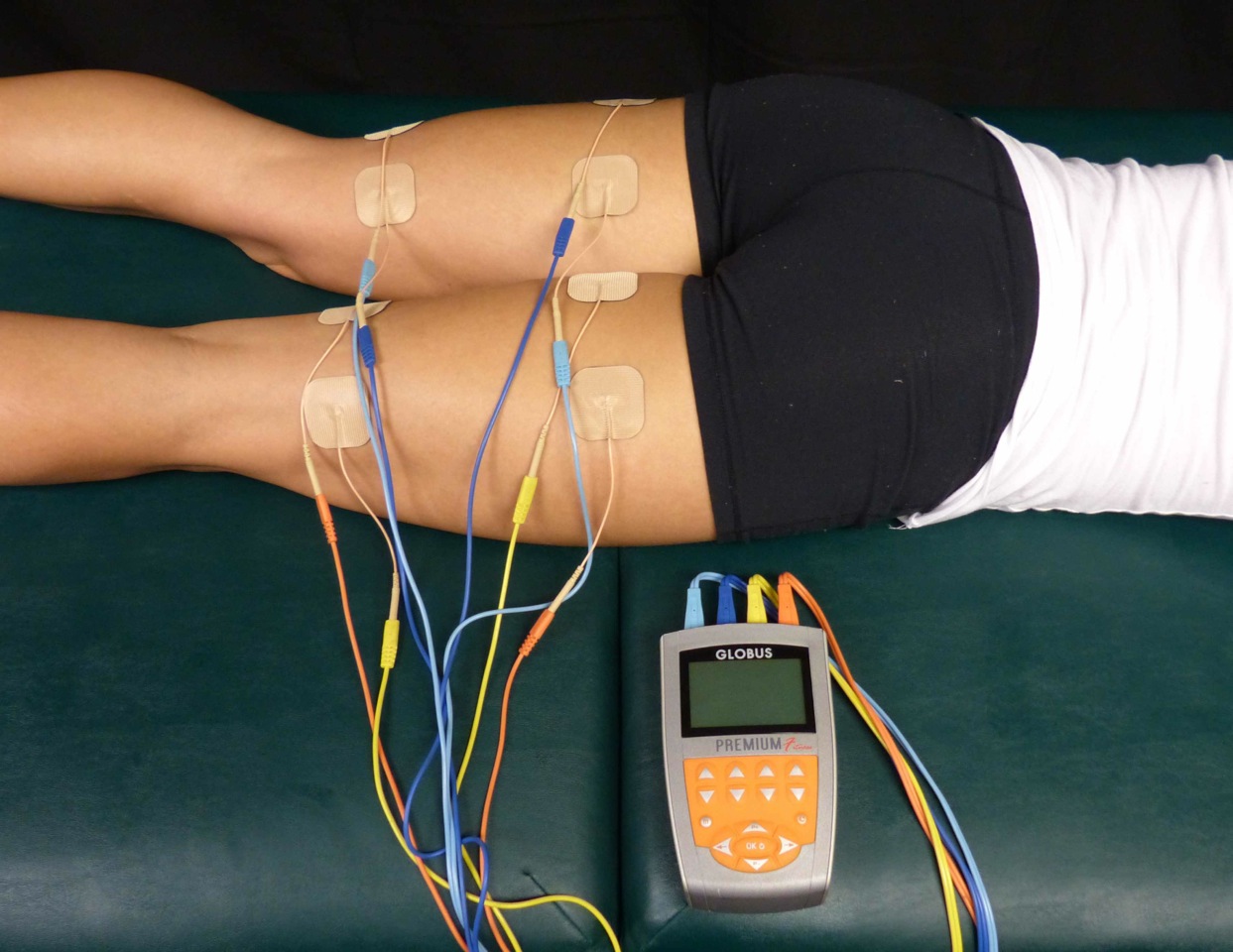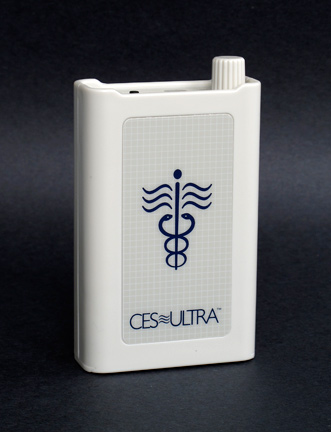|
Electrostimulation
Electro-stimulation is stimulation using electricity. It can be used in the context of: * Animal husbandry as part of the artificial insemination process * Bioelectromagnetics ** Cranial electrotherapy stimulation ** Transcranial magnetic stimulation ** Transcorneal electrical stimulation * Electrical muscle stimulation ** Bio-electric stimulation therapy ** Functional electrical stimulation ** Erotic electrostimulation, sometimes a form of BDSM BDSM is a variety of often erotic practices or roleplaying involving bondage, discipline, dominance and submission, sadomasochism, and other related interpersonal dynamics. Given the wide range of practices, some of which may be engaged ... {{SIA Neurotechnology Former disambiguation pages converted to set index articles ... [...More Info...] [...Related Items...] OR: [Wikipedia] [Google] [Baidu] |
Erotic Electrostimulation
Erotic electrostimulation (abbreviated erotic e-stim and also known as electrosex) is a sexual practice involving the application of electrical stimulation to the nerves of the body, with particular emphasis on the genitals, using a power source (such as a TENS, EMS, violet wands, or made-for-play units) for purposes of sexual stimulation. Electrostimulation has been associated with BDSM activities, and erotic electrostimulation is an evolution of that practice. Safety Electrostimulation, in general, can cause tissue damage or even death if misused. The most common problems arising from electrostimulation tend to be burns from lack of sufficiently wide surface contact, i.e. bad contact, between the electrode and the skin's surface. Even at relatively low current and voltage, there is also risk of interference with normal heart function (potentially including cardiac arrest), and this risk is higher for those who use an artificial pacemaker or similar device or who have heart ... [...More Info...] [...Related Items...] OR: [Wikipedia] [Google] [Baidu] |
Electrical Muscle Stimulation
Electrical muscle stimulation (EMS), also known as neuromuscular electrical stimulation (NMES) or electromyostimulation, is the elicitation of muscle contraction using electric impulses. EMS has received an increasing amount of attention in the last few years for many reasons: it can be utilized as a strength training tool for healthy subjects and athletes; it could be used as a rehabilitation and preventive tool for people who are partially or totally immobilized; it could be utilized as a testing tool for evaluating the neural and/or muscular function in vivo; it could be used as a post-exercise recovery tool for athletes. The impulses are generated by a device and are delivered through electrodes on the skin near to the muscles being stimulated. The electrodes are generally pads that adhere to the skin. The impulses mimic the action potential that comes from the central nervous system, causing the muscles to contract. The use of EMS has been cited by sports scientists as a comp ... [...More Info...] [...Related Items...] OR: [Wikipedia] [Google] [Baidu] |
BDSM
BDSM is a variety of often erotic practices or roleplaying involving bondage, discipline, dominance and submission, sadomasochism, and other related interpersonal dynamics. Given the wide range of practices, some of which may be engaged in by people who do not consider themselves to be practising BDSM, inclusion in the BDSM community or subculture often is said to depend on self-identification and shared experience. The initialism ''BDSM'' is first recorded in a Usenet post from 1991, and is interpreted as a combination of the abbreviations B/D (Bondage and Discipline), D/s (Dominance and submission), and S/M (Sadism and Masochism). ''BDSM'' is now used as a catch-all phrase covering a wide range of activities, forms of interpersonal relationships, and distinct subcultures. BDSM communities generally welcome anyone with a non-normative streak who identifies with the community; this may include cross-dressers, body modification enthusiasts, animal roleplayers, rubber fe ... [...More Info...] [...Related Items...] OR: [Wikipedia] [Google] [Baidu] |
Bio-electric Stimulation Therapy
Electrotherapy is the use of electrical energy as a medical treatment. In medicine, the term ''electrotherapy'' can apply to a variety of treatments, including the use of electrical devices such as deep brain stimulators for neurological disease. The term has also been applied specifically to the use of electric current to speed wound healing. Additionally, the term "electrotherapy" or "electromagnetic therapy" has also been applied to a range of alternative medical devices and treatments. Medical uses Electrotherapy is primarily used in physical therapy for: * relaxation of muscle spasms * prevention and retardation of disuse atrophy * increase of local blood circulation * muscle rehabilitation and re-education * electrical muscle stimulation * maintaining and increasing range of motion * management of chronic and intractable pain including diabetic neuropathy * acute post-traumatic and post-surgical pain * post-surgical stimulation of muscles to prevent venous thrombosis ... [...More Info...] [...Related Items...] OR: [Wikipedia] [Google] [Baidu] |
Animal Husbandry
Animal husbandry is the branch of agriculture concerned with animals that are raised for meat, fibre, milk, or other products. It includes day-to-day care, selective breeding, and the raising of livestock. Husbandry has a long history, starting with the Neolithic Revolution when animals were first domesticated, from around 13,000 BC onwards, predating farming of the first crops. By the time of early civilisations such as ancient Egypt, cattle, sheep, goats, and pigs were being raised on farms. Major changes took place in the Columbian exchange, when Old World livestock were brought to the New World, and then in the British Agricultural Revolution of the 18th century, when livestock breeds like the Dishley Longhorn cattle and Lincoln Longwool sheep were rapidly improved by agriculturalists, such as Robert Bakewell, to yield more meat, milk, and wool. A wide range of other species, such as horse, water buffalo, llama, rabbit, and guinea pig, are used as livestock in some ... [...More Info...] [...Related Items...] OR: [Wikipedia] [Google] [Baidu] |
Artificial Insemination
Artificial insemination is the deliberate introduction of sperm into a female's cervix or uterine cavity for the purpose of achieving a pregnancy through in vivo fertilization by means other than sexual intercourse. It is a fertility treatment for humans, and is common practice in animal breeding, including dairy cattle (see Frozen bovine semen) and pigs. Artificial insemination may employ assisted reproductive technology, sperm donation and animal husbandry techniques. Artificial insemination techniques available include intracervical insemination (ICI) and intrauterine insemination (IUI). Humans History The first recorded case of artificial insemination was John Hunter in 1790, who helped impregnate a linen draper's wife. The first reported case of artificial insemination by donor occurred in 1884: William H. Pancoast, a professor in Philadelphia, took sperm from his "best looking" student to inseminate an anesthetized woman without her knowledge. The case was reporte ... [...More Info...] [...Related Items...] OR: [Wikipedia] [Google] [Baidu] |
Bioelectromagnetics
Bioelectromagnetics, also known as bioelectromagnetism, is the study of the interaction between electromagnetic fields and biological entities. Areas of study include electromagnetic fields produced by living cells, tissues or organisms, the effects of man-made sources of electromagnetic fields like mobile phones, and the application of electromagnetic radiation toward therapies for the treatment of various conditions. Biological phenomena Bioelectromagnetism is studied primarily through the techniques of electrophysiology. In the late eighteenth century, the Italian physician and physicist Luigi Galvani first recorded the phenomenon while dissecting a frog at a table where he had been conducting experiments with static electricity. Galvani coined the term ''animal electricity'' to describe the phenomenon, while contemporaries labeled it galvanism. Galvani and contemporaries regarded muscle activation as resulting from an electrical fluid or substance in the nerves. Short-liv ... [...More Info...] [...Related Items...] OR: [Wikipedia] [Google] [Baidu] |
Cranial Electrotherapy Stimulation
Cranial electrotherapy stimulation (CES) is a form of neurostimulation that delivers a small, pulsed, alternating current via electrodes on the head. CES is used with the intention of treating a variety of conditions such as anxiety, depression and insomnia. CES has been suggested as a possible treatment for headaches, fibromyalgia, smoking cessation, and opiate withdrawal, but there is little evidence of effectiveness for many of these conditions and the evidence for use in acute depression is not sufficient to justify it. Medical uses A 2014 Cochrane review found insufficient evidence to determine whether or not CES with alternating current is safe and effective for treating depression. FDA came to the same conclusion in December 2019. A 2018 systematic review found that evidence is insufficient that CES has clinically important effects on fibromyalgia, headache, neuromusculoskeletal pain, degenerative joint pain, depression, or insomnia; low-strength evidence suggests modest ... [...More Info...] [...Related Items...] OR: [Wikipedia] [Google] [Baidu] |
Transcranial Magnetic Stimulation
Transcranial magnetic stimulation (TMS) is a noninvasive form of brain stimulation in which a changing magnetic field is used to induce an electric current at a specific area of the brain through electromagnetic induction. An electric pulse generator, or stimulator, is connected to a magnetic coil connected to the scalp. The stimulator generates a changing electric current within the coil which creates a varying magnetic field, inducing a current within a region in the brain itself.NICE. January 201Transcranial magnetic stimulation for treating and preventing migraine/ref>Michael Craig Miller for Harvard Health Publications. July 26, 201Magnetic stimulation: a new approach to treating depression?/ref> TMS has shown diagnostic and therapeutic potential in the central nervous system with a wide variety of disease states in neurology and mental health, with research still evolving. Adverse effects of TMS appear rare and include fainting and seizure. Other potential issues include ... [...More Info...] [...Related Items...] OR: [Wikipedia] [Google] [Baidu] |
Transcorneal Electrical Stimulation
Transcorneal electrical stimulation (TES) is a therapy developed for use in patients with a variety of eye diseases. The procedure involves placing electrodes in the form of contact lenses upon the patient's corneas, with a reference electrode on the skin near each eye. A weak current is delivered through the electrodes, with the intent of stimulating the visual system and enhancing its activity. As of 2022, the technique was still in the early stages of research in human patients. A review of literature published in 2020 estimated this therapy as "probably effective" in the treatment of retinitis pigmentosa Retinitis pigmentosa (RP) is a genetic disorder of the eyes that causes loss of vision. Symptoms include trouble seeing at night and decreasing peripheral vision (side and upper or lower visual field). As peripheral vision worsens, people may ..., based on the evidence available at the time. References Ophthalmology {{Ophthalmology-stub ... [...More Info...] [...Related Items...] OR: [Wikipedia] [Google] [Baidu] |
Functional Electrical Stimulation
Functional electrical stimulation (FES) is a technique that uses low-energy electrical pulses to artificially generate body movements in individuals who have been paralyzed due to injury to the central nervous system. More specifically, FES can be used to generate muscle contraction in otherwise paralyzed limbs to produce functions such as grasping, walking, bladder voiding and standing. This technology was originally used to develop neuroprostheses that were implemented to permanently substitute impaired functions in individuals with spinal cord injury (SCI), head injury, stroke and other neurological disorders. In other words, a person would use the device each time he or she wanted to generate a desired function.M.R. Popovic, K. Masani and S. Micera, "Chapter 9 – Functional Electrical Stimulation Therapy: Recovery of function following spinal cord injury and stroke," In press, Neurorehabilitation Technology – Second Edition, Z. Rymer, T. Nef and V. Dietz, Ed. Springer Scie ... [...More Info...] [...Related Items...] OR: [Wikipedia] [Google] [Baidu] |
Neurotechnology
Neurotechnology encompasses any method or electronic device which interfaces with the nervous system to monitor or modulate neural activity. Common design goals for neurotechnologies include using neural activity readings to control external devices such as neuroprosthetics, altering neural activity via neuromodulation to repair or normalize function affected by neurological disorders, or augmenting cognitive abilities. In addition to their therapeutic or commercial uses, neurotechnologies also constitute powerful research tools to advance fundamental neuroscience knowledge. Some examples of neurotechnologies include deep brain stimulation, photostimulation based on optogenetics and photopharmacology, transcranial magnetic stimulation, and brain–computer interfaces, such as cochlear implants and retinal implants. Background The field of neurotechnology has been around for nearly half a century but has only reached maturity in the last twenty years. The advent of brain imaging ... [...More Info...] [...Related Items...] OR: [Wikipedia] [Google] [Baidu] |






